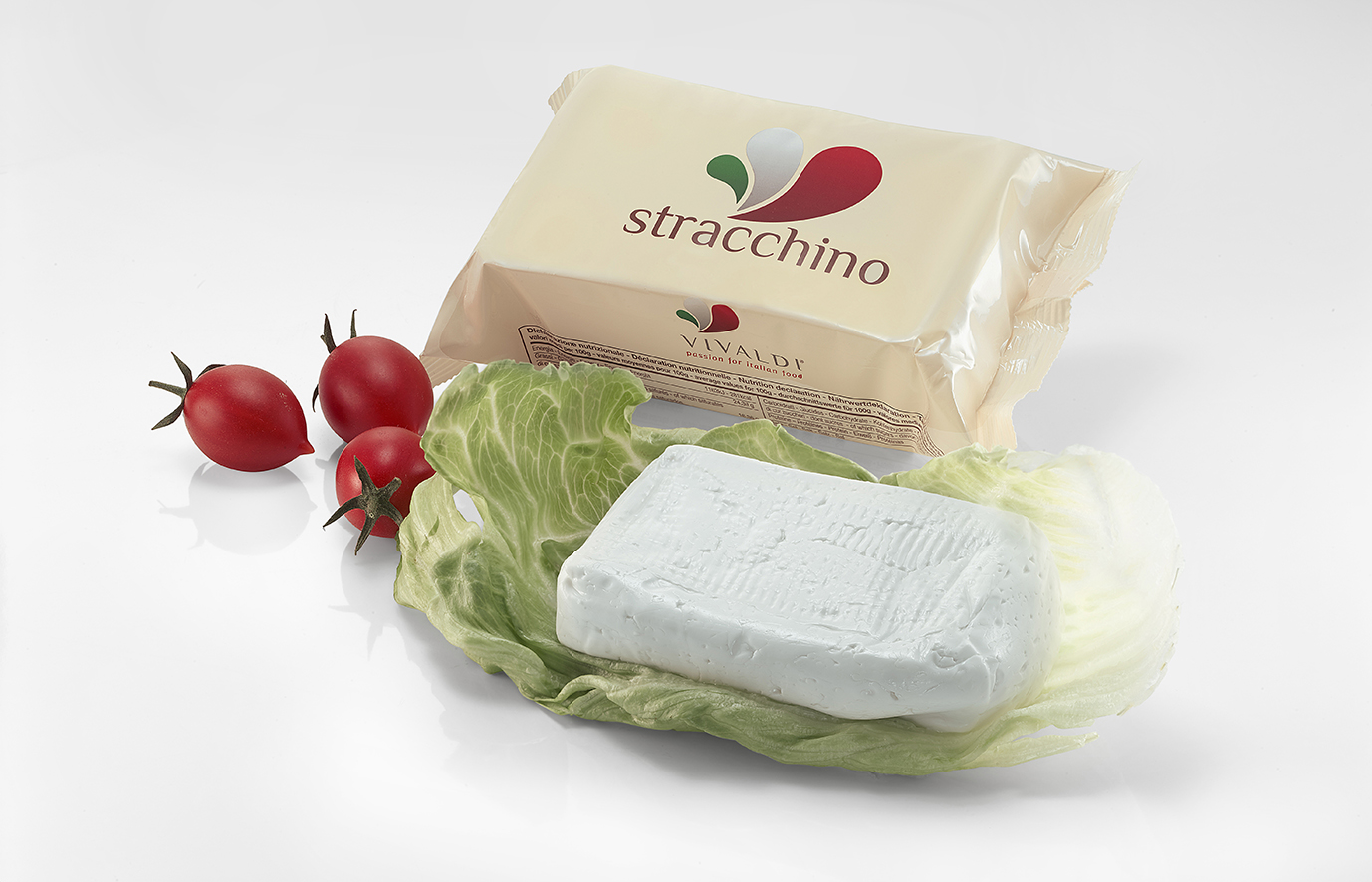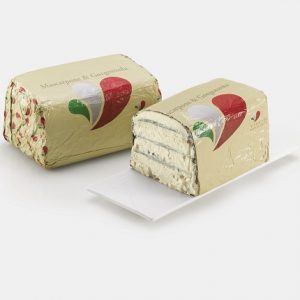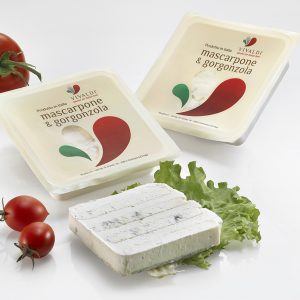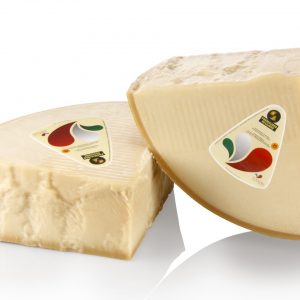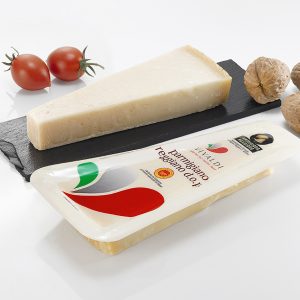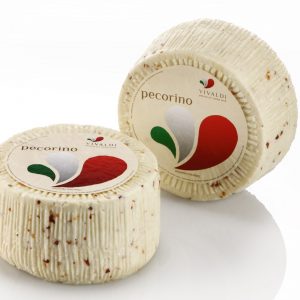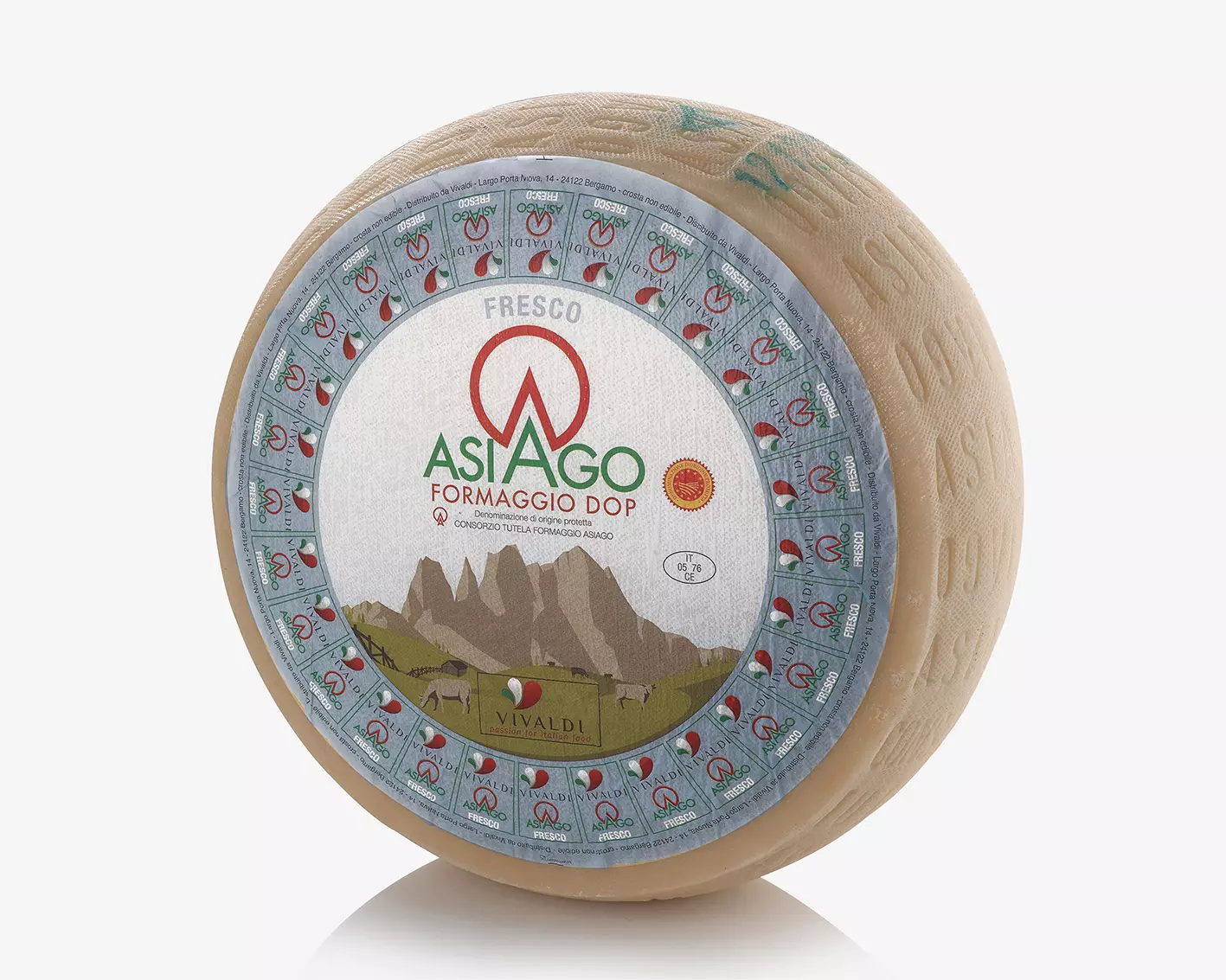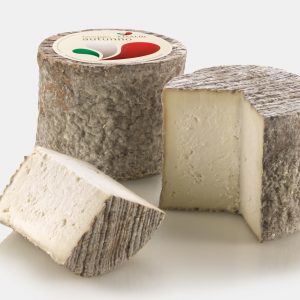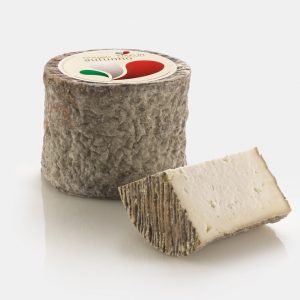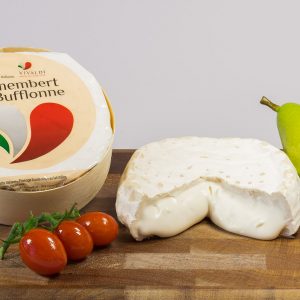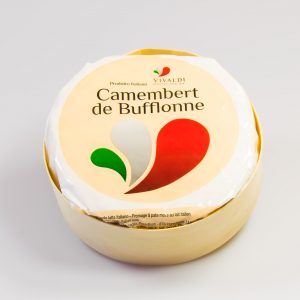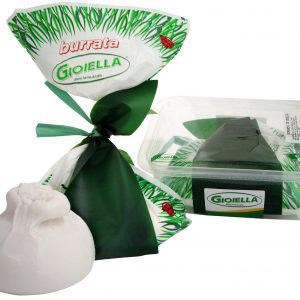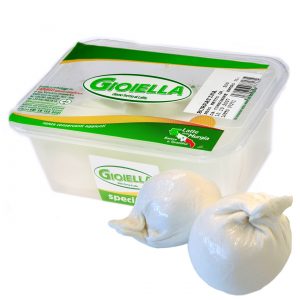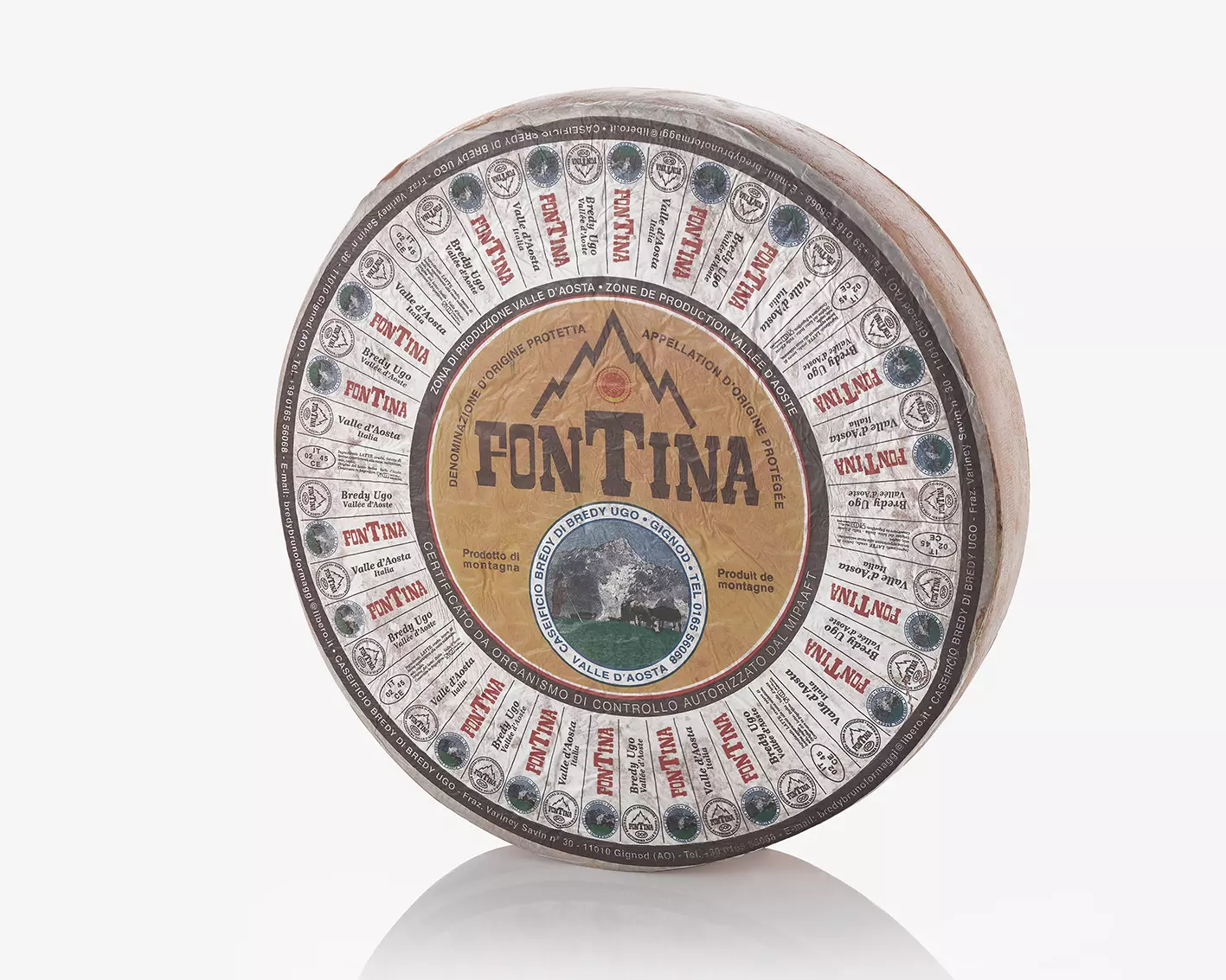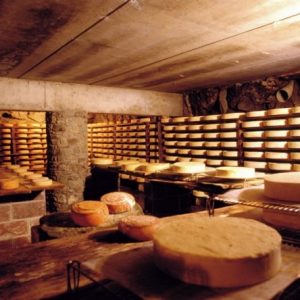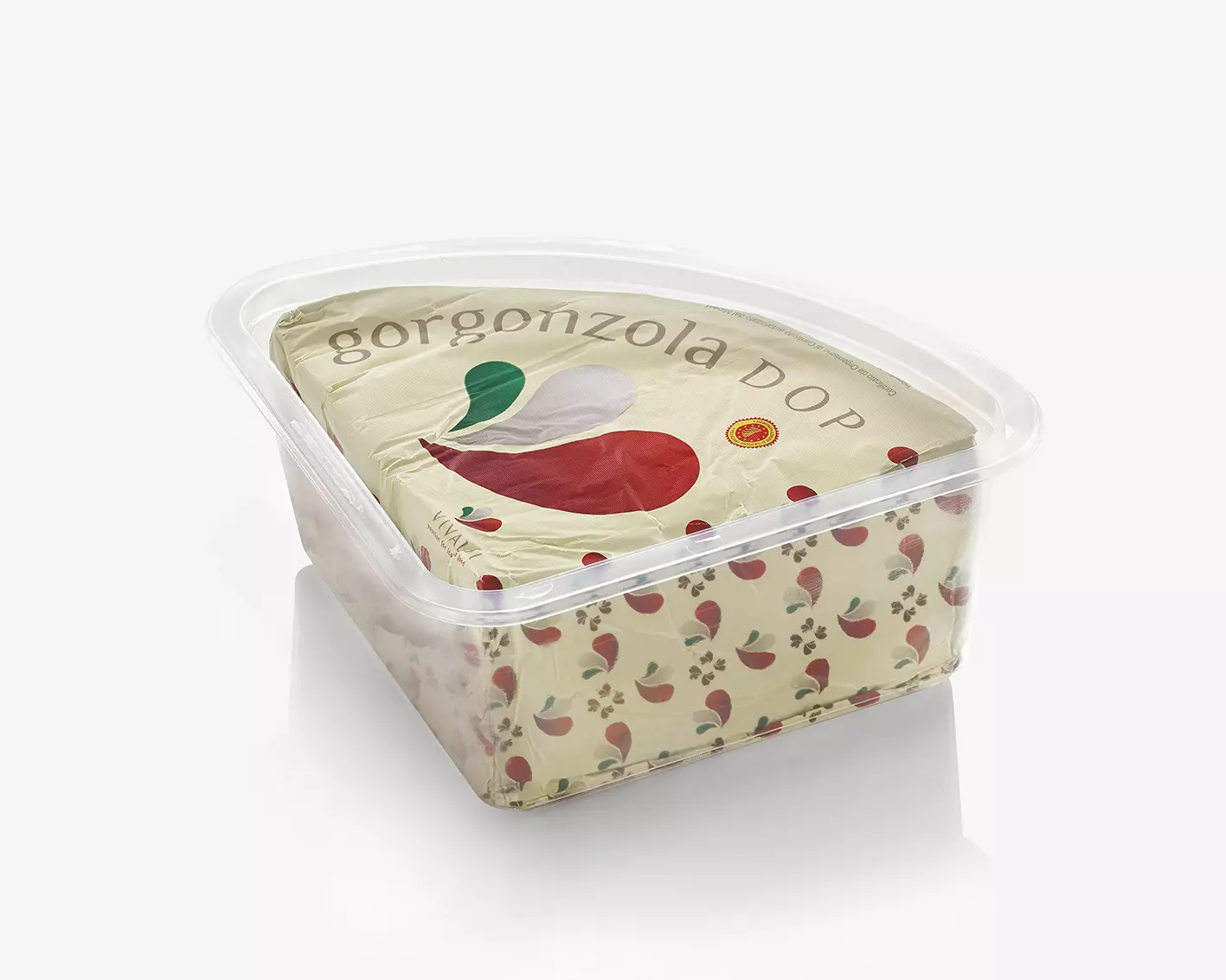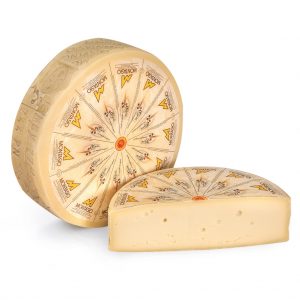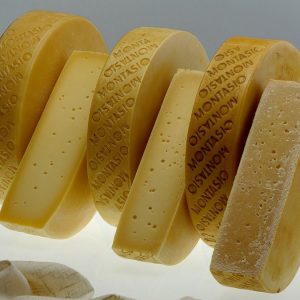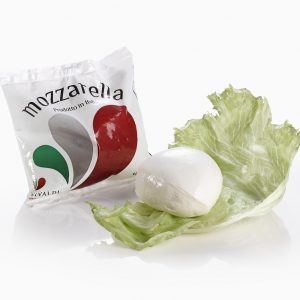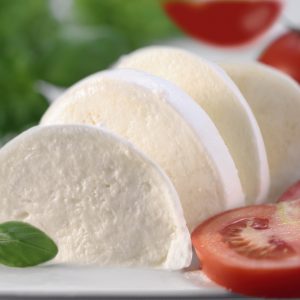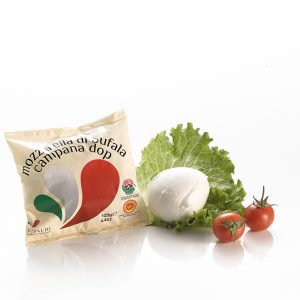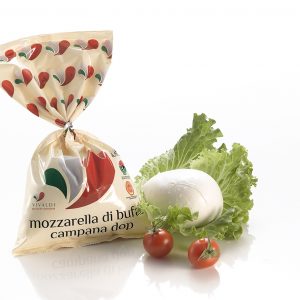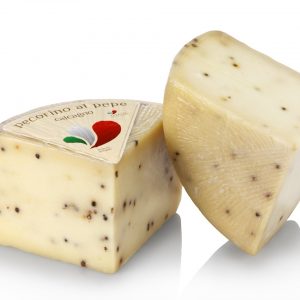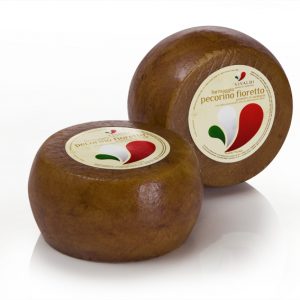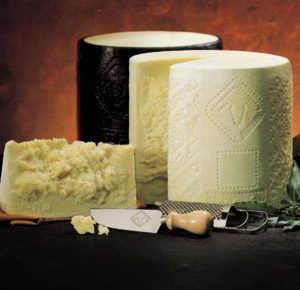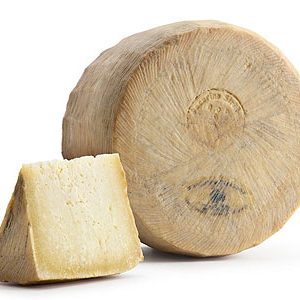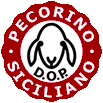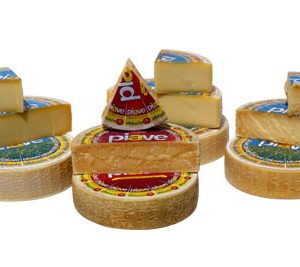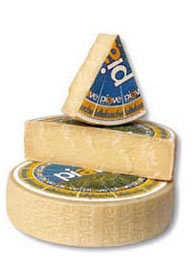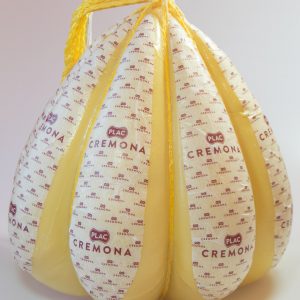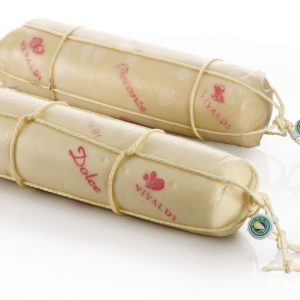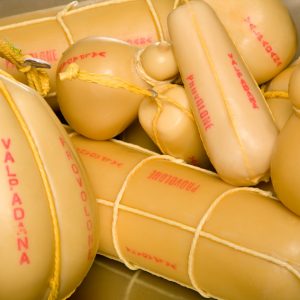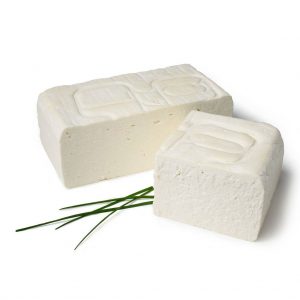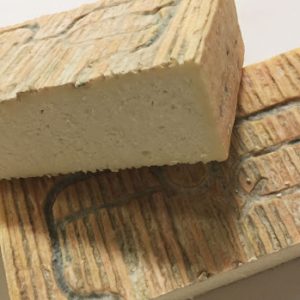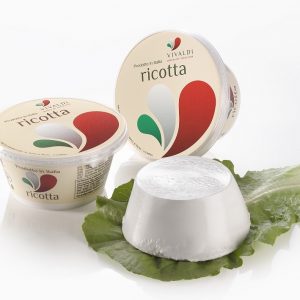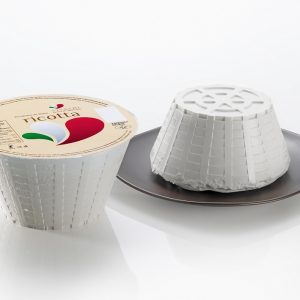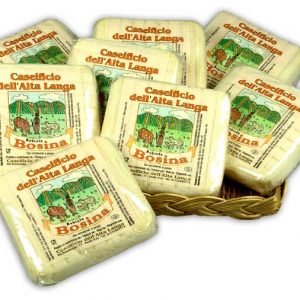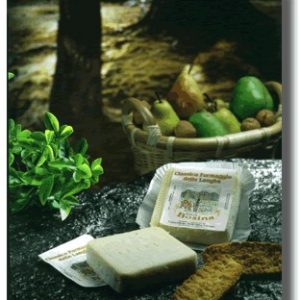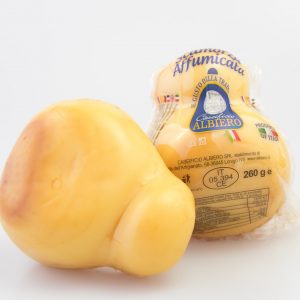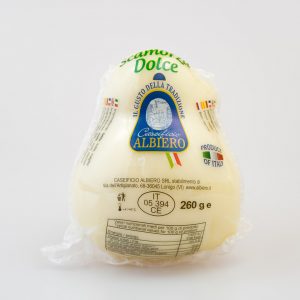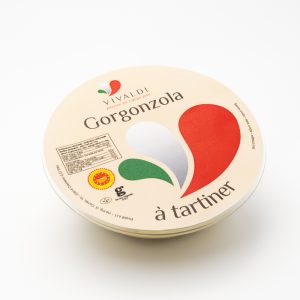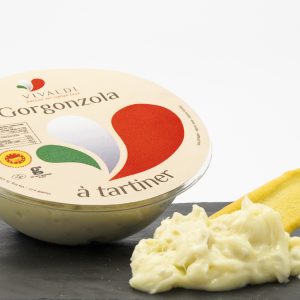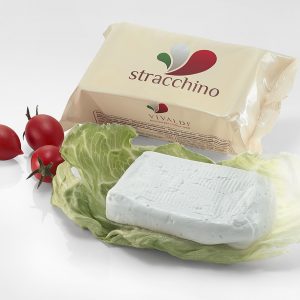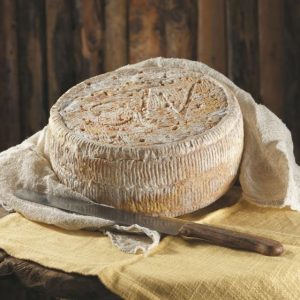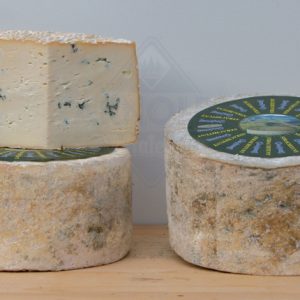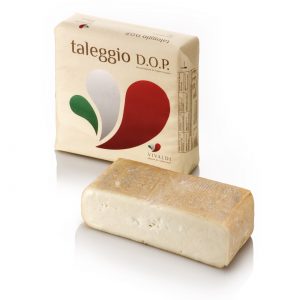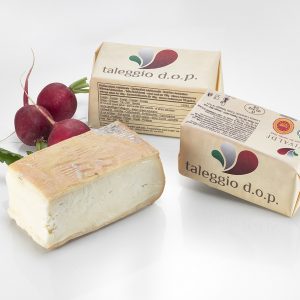Stracchino
In the past, its production was characterized by traditional artisanal techniques, whilst today its production is exclusively industrial. Initially, the milk is standardized in fat to values between 3.6% and 5.5% and pasteurized at 72-75°C for 15 seconds. Then, in multipurpose vats or in continuous coagulators at a temperature of 37-40°C, milk enzymes and liquid calf rennet are added to the milk and it is left to coagulate. The curd that is produced is broken up mechanically into grains the size of a walnut and kept slightly shaken for half an hour before being poured into the cheese moulds. Here the paste is left to mature at 25-30° C for 3-4 hours, in places with great humidity, so that rind cannot form on the curd which would slow down the draining off of the whey.
Description
Stracchino
Stracchino – After the drying-out phase and having obtained an optimal acidity, the moulds are plunged into a concentrated brine solution at 15°C for 2 hours, where the paste cools down and absorbs the necessary amount of salt. This is followed by a very short period of ageing (not more than one week in cells at 4°C with a humidity of 90%) indispensable to sufficiently dry out the surface so that the Crescenza can then be packaged in paper or in a tub without the whey oozing out any further.
This cheese has a mild and slightly acid flavour and with a slight bitter aftertaste; its consistency is soft, spreadable and melting in the mouth.
It is normally eaten as is to better appreciate its flavour and freshness, but there are countless recipes for first and second courses in which it appears.
Stracchino (from the Lombard stracch, deriving from the Lombard “strak”, with the meaning of tired) is an Italian soft and short-aged cheese produced with whole cow’s milk.
Stracchino is a raw cheese and can be made with raw milk (typically those produced in the mountain pasture or mountain pasture) or pasteurized milk, which is always whole. The crescenza is a stracchino, like robiola, taleggio, strachitunt, gorgonzola and salvo cremasco.
It looks like a fat and soft cheese, with often thin and tender rind (peel), with a white color. Originally produced in Lombardy, the etymology of the name refers to the use of milk from “tired” cows for transhumance at the bottom of the valley after the summer pasture.
In the upper Verbano, in the Oltrepò Pavese, in the provinces of Piacenza and Cremona and in the valleys of the Canton Ticino the name “stracchino” is also used to indicate gorgonzola. In addition to Lombardy, Tuscany has also included stracchino in the list of traditional Italian agri-food products.
The cheese takes its name from the fact that the cows, returning tired from the summer pasture in the mountain pastures, being therefore “stracche”, produced little milk, with which the shepherds made precisely this cheese, stracchino.
